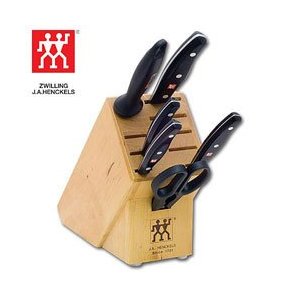Etymology:
It has been said that the Turks first coined the word “khavyar”, others argue that the word originates from the Persian word “chav-jar” which translates loosely to “cake of power” or “piece of power”. Persians would eat it medicinally, to give them energy and stamina.
In Europe, King Edward II proclaimed the sturgeon to be a royal fish, and made every sturgeon caught in England belong to the imperial treasury. As known in pop culture today, caviar began to be enjoyed in France as early as 1553.

Penns Grove, New Jersey
|
In the U.S., most of the caviar came from the Delaware River at Penns Grove, New Jersey.
The Hudson River sturgeon was so abundant, that their flesh was referred to as “Albany beef”. This was not considered a high end delicacy like it is today. It is said to be served in bars like beer nuts are now. Even Native American mothers used to feed fish eggs to their offspring.
|
Only when caviar production become more abundant in the U.S. did it really become a delicacy. There was also a major exportation issue with fraud in the midst of the “caviar boom”. At one point, the caviar shipped out was returned back fraudulently labeled “Russian Caviar”, which at the time was considered more refined. Today, caviar production has been taken over in the Persian Gulf and as of recently, Italy.
Caviar faces shortages today as more and more environmental restrictions are placed on egg collection. While this may reduce quantity in the short-term, over the long run this may help preserve the species, and the eggs the species produces from their continued growth and reproduction.
Links
Caviar Galore





